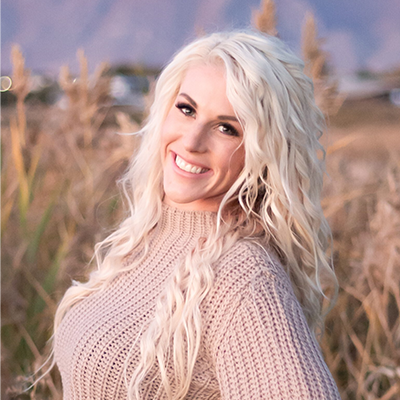Let’s face it: Navigating the cattle industry alone is tough enough without having to address the nutrition issues that arise when your herd experiences prolonged drought stress. And while you can’t control all factors affecting your operation, deploying smart forage management practices and securing PRF insurance can become major forces in your drought-fighting regimen—and we at Redd Summit Advisors want to help.
1. Forage Values Are Going to Decline
Both the quantity and quality of available forage will decrease during periods of drought, and when pastures and native rangelands go into dormancy, protein content in forage tends to lessen as does the percentages of phosphorus and Vitamin A. The decline in protein reduces energy availability for cattle, which in turn, can lower body condition scores (BCS) and pregnancy rates in heifers and cows who require it for reproduction and raising calves.
Despite the negative effects of drought on forages, ammoniation is a way to increase the protein and digestibility levels of low-quality roughages such as wheat straw, corn stover, and grass hay. Any forages under 6% in crude protein and 48% TDN (dry matter basis) are suitable for ammoniation.
2. Proper Cattle Nutrition Will Depend on Supplementation
To maintain herd productivity during a drought, you will most likely need to provide supplemental feeds; this will ensure cattle get sufficient energy and protein plus adequate vitamins and minerals to grow, feed calves, and reproduce.
Hay, crop byproducts, ammoniated low-quality forages, and grain are all feed options that can supply energy to your herd, depending on their availability and affordability. Choosing to ammoniate forage has some time and budget considerations, but because it increases digestibility and boosts consumption, it can be a good option to consider. Supplementing grain is a little trickier since it requires more management and too much grain in the diet will actually reduce forage digestibility.
Whichever options you’re considering, make sure you are always providing mineral supplements to help maintain forage intake and nutrient utilization. Overall, be sure to work with your county’s agricultural extension service or area nutritionist to develop a plan that works for your situation.
3. PRF Insurance Can Help Cash Flow
A Pasture, Rangeland, and Forage (PRF) insurance policy is a helpful risk management tool that provides revenue protection for your hay crops or grazing acres if affected by lack of precipitation. Redd Summit Advisors is a unique provider of PRF insurance and uses industry-leading software containing historical rainfall data that builds informed PRF Policies to help you manage your dry weather risk.
To speak with an advisor who can help you customize a plan, please fill out the contact form here or call 1-800-825-2355.





.webp)




